
As the “main” flagship for Xiaomi in 2021, at least on paper, the Mi 11 Ultra really doesn’t disappoint. No smartphone is used on paper though and how it stacks up is far more nuanced.
The standard Xiaomi Mi 11 fell just short of the best in the business but with some “little” and a couple of “large” additions, it’s hoped that the Ultra edition might tackle Samsung’s own Ultra series. As a true premium piece of tech, does it hold up to some extra scrutiny?
Overview
Video — Xiaomi Mi 11 Ultra review
Subscribe to 9to5Google on YouTube for more videos
Hardware & design
Do you like hulking, bulging tech filling your pockets or palms for that matter? The Mi 11 Ultra is among the heaviest, bulkiest devices I have ever used. Part of that is owed to the frankly massive rear camera bump, but it’s also thicker than the standard Mi 11 by a few millimeters too. You can really tell you have a sizeable slab of glass and metal in your pocket with this smartphone.
At 234g, it’s a hefty handset that needs plenty of attention as the massively extruding camera module means the Mi 11 Ultra is fairly top-heavy — which I have unfortunately found out to the detriment of what is a good overall design. I will say that the ceramic backplate looks far more striking in white rather than the glossy gray that my review unit came in. Because of that, it’s the color that I would suggest people pick up if possible. The gray is fairly inconspicuous were it not for the massive tacked-on plate and the astonishing rate at which it picks up fingerprints. It’s a real grease magnet, but if you chuck it into a case it will be more than fine.
The button placement is fairly good, with only the power button and volume rocker on the right side of the chassis. I have found that the buttons do feel a little sharp, and the micro-texture on the power button really doesn’t add a great deal as the ridges and grooves feel very much like ultra-fine sandpaper.

Some minor gripes aside, I cannot truly fault any major aspect of the fit and finish here. The Mi 11 Ultra feels every bit as a super-premium smartphone should. The little finishes are as you would expect, and the movement to add flat bezels at the top and bottom of modern smartphones is one that Xiaomi has grasped to the delight of my hands. Harmon Kardon tuned speakers are contained within the top and bottom flat bezels, but they point outwards and can be easily muffled — probably the only complaint I have of any real note with the hardware offered up here.
Xiaomi has proven from the low to the high end that as a brand they are more than capable of making high-quality smartphone hardware. So far, the Mi 11 Ultra is without a shadow of a doubt, the outright best from Xiaomi to date. Sure, it’s large but it’s assured and it’s almost as if Xiaomi is flexing its manufacturing muscle to show the rest of the industry that the firm’s recent global growth is no fluke.
Display(s)
There is the weird quirk on the Mi 11 Ultra of two displays, but the undoubted star is not the tiny smart band-size panel at the back, rather the massive 6.81-inch 120Hz QHD+ AMOLED display at the front. This is the exact same panel found in the standard Mi 11. That does mean that it suffers in the same ways — mainly from a design perspective.
I really don’t care for the “corner caps” and, unfortunately, these extended bezels didn’t protect my review device from a fairly unfortunate drop. A series of substantial cracks have now ruined the stunning panel, but even these display splinters are not enough to detract too much from the excellent WQHD+ resolution and 120Hz refresh rate.
You do have to adjust the refresh rate as the resolution is set at QHD+ at 60Hz right out of the box. It’s tack sharp even at FHD+, which I promptly set the display resolution to after a little while using at the full-fat resolution. You can leverage what you care about most or just go all out and max out the display resolution and refresh rate. I thought the battery benefits would outweigh the display sharpness.

There is an optical in-display fingerprint reader, which is fast and fluid – the only downside to that statement is that since taking a tumble and damaging the screen I have had multiple issues when trying to scan my fingerprint. I only note this, as it worked just fine prior — even with the pre-applied screen protector. I believe it’s because a crack now runs right through the region where the optical reader sits. Heed my warning and be careful and always keep a case on.
Besides the massive camera bump itself, the tiny rear panel is without question the “other” major talking point on the Mi 11 Ultra. It’s a weird inclusion, as after a very brief period just a few years ago where smartphones such as the Nubia Z20 offered dual screens but, the gimmick looked to have died off. Part of that is down to the introduction of foldable displays, but the utility outweighed the pointlessness and I’d have to say the same about the mini display on the rear of the Mi 11 Ultra.
One of the few saving graces is the notification element when placing the phone face down. This gives you an at-a-glance portion to keep tabs on. However, the front-facing Always-on display is still better for this kind of thing in my opinion. Although on top of that, I have had fun framing up selfies with the rear camera, as it can be used as a mini viewfinder. Kudos to Xiaomi for trying something different, as at 1.1 inches in size, it won’t be useful for too much you can’t already do on the main screen.
It could simply be a way for Xiaomi to add a differentiator, while simultaneously clearing a backlog of Mi Band 5 displays — something we’re told is what has been used to achieve this secondary 1.1-inch display. Is it going to change your life? No. But it’s not a terrible way to do something different to the rest of the industry.
Software & performance
It’s almost always a tale of great hardware versus somewhat frustrating software whenever I review a Xiaomi device. While MIUI 12 is incredibly feature-rich, it feels as though it inhibits the general internal and external hardware prowess. Added animations sure help differentiate this third-party skin from others, but I can’t help but feel this could be to the detriment of the long-term performance levels.
However, for now, you likely won’t even give it a second thought unless you get major errors and issues. The Snapdragon 888, 120Hz display, UFS 3.1 storage and high RAM allocation alleviate some of the weighty aspects of MIUI but I have to ask why? What benefit does a Control Center clone have over the tried-and-tested notification shade toggles that we’ve become accustomed to? Because having used several Xiaomi devices with the new option I simply can’t see the benefits.

My worries over long-term performance levels aside, the beastly internals tug everything along on the Mi 11 Ultra very nicely indeed. I have yet to see a slowdown but have seen a few software bugs here and there. Apps load instantly, gaming is a piece of cake even at the highest fidelity settings thanks to the Game Turbo mode that ups the available system resources to ensure a stable refresh rate and performance levels. On top of that, I’ve even registered some superfast 5G speeds near where I live with this device that are, oddly, faster than any other 5G capable device I currently own. I’m not sure why, but it’s the fastest over Wi-Fi too.
All in all, I can’t complain about the performance levels even with some software misgivings and gripes. If you like MIUI, then you’ll be right at home and loving all of the extras tacked onto Android 11. This is a proper flagship smartphone that looks, acts, and runs like one — and in recent years that means a lot more than it once did.
Camera

The era of the periscope zoom on smartphone cameras should really have been upon us two years ago when Huawei slapped the still-impressive zooming tech in the P30 Pro. Sure, Android OEMs from the likes of Oppo — who more or less pioneered the tech — and Samsung have followed suit but this is the first Xiaomi flagship device to pack in the enhanced zooming option.
That alone is neat, but Xiaomi decided to slap in a whole bucket load of extra smartphone camera tech and even that little rear display for some extra “wow” factor. It’s absolutely massive, it’s frankly ridiculous but as I said with the 108-megapixel Mi 11, I just love experimenting and taking photos on the Ultra model.
I will admit that the 120X zoom is a bit of a gimmick as at this sort of zoom level things are a grainy mess. But the sheer fun you can have even being able to get a closer look at things up to half a mile away really never gets old. Some of the best photos that I’ve taken with the Mi 11 Ultra have been in or around the 8 to 15X zoom level, which although not quite the 120X advertised, is a testament to the quality of the zoom capabilities. In my experience, image detail and sharpness remain very good even up to 20X.
I haven’t even mentioned the larger 50-megapixel main sensor, as this is an extra bonus for beautiful depth-of-field effects. The natural bokeh is excellent, with good focus fall off on a subject when you’ve nailed framing. I could easily wax lyrical about the camera here, it wows in the portrait effect department using a combination of the larger sensor and some AI post-processing.
Even with those trinkets and awesome flexibility, I can’t outright say that the Xiaomi Mi 11 Ultra is the best smartphone camera out there though. Sometimes the processing ruins colors for no discernable reason. I can’t fault the sharpness and detail, as these are second to none, but some colors can really look at odds even compared to those taken mere moments later in the exact same lighting, framing and zoom conditions.


5x 
20x 
120x
The HDR mode can also result in some washed-out looks that feel like the camera system has applied a soft Instagram filter shortly after you have pressed the shutter button. I also can’t quite depend on the Xiaomi 11 Ultra to tackle moving subjects as well as even my Pixel 4a. Sometimes your subject will end up a blurry mess, while at other times good timing makes no difference.
I’m sure that this handful of issues can be fixed with a software update, which will push the Mi 11 Ultra into the outright contender’s category where it ought to be. It stings a little more as the video quality is very good — even at 8K 24fps. I slapped the resolution down to 4K 60fps and so long as you don’t zoom in too far, the quality stands up well here, too.





portrait mode 
HDR misfires 

The multi-cam video mode blows my mind that you can have so many concurrent video streams from all of the Mi 11 Ultra’s cameras simultaneously. It really creates something interesting that might be a great added video option for wannabe vloggers.
Xiaomi throws in so many camera features that it’s hard to fully cover in the body of a review but all are well implemented and the ability to customize the quick access layout is one that I truly applaud. You can actively tailor the camera viewfinder to suit just what you use the most. It’s hard to call it one of the best at present as there are little tuning areas that need tweaks, but even with these problems, I do really like the camera on the Mi 11 Ultra, and I’m sure most people out there will too. After all, you often just point, shoot and share online.
Battery
With a 5,000mAh battery tucked inside, ahead of time I had high hopes for the Xiaomi Mi 11 Ultra. I’m pleased to say that it hasn’t disappointed me too much. To note, I used the phone set at FHD+ 120Hz as it offers the perfect balance of smooth performance and visual quality.
Let’s get into the murky world of Screen on Time though. Six to seven hours were what I would see regularly. This is easily a full-day phone for me even if I try and use it heavily. However, if I started taking tons of photos and messed around with videos — as I did during one full testing day — the lifespan was not quite as long and was closer to four to five hours.
You’ll have to judge for yourself if this is adequate on a flagship smartphone. For me, it’s enough to take on even the busiest of days but overall it isn’t exactly class leading. Screen on time is a tough metric though, as usage patterns and installed apps can dictate heavily on the eventual figure that you will see on your device. the Xiaomi Mi 11 Ultra is no different.
Xiaomi even throws a 67W GaN charger in the box here, which likely won’t make the cut next time but is nice to see bundled in with the Mi 11 Ultra. It is very fast and is very welcome given slow charging a 5,000mAh capacity cell is not going to be much fun. It even supports 67W wireless charging, which is insane. That said, I haven’t been able to test this yet but it looks pretty awesome.
Tidbits
- Haptics — I had high hopes for the haptics on the Mi 11 Ultra, but they are just “good.” Nothing exceptional. There’s plenty of body and taps do feel nice and crisp, but I kind of expected something a level above on Xiaomi’s biggest release of the year. Alas, they are still great but not quite top tier — unlike many of the other aspects of this device.
- Speakers — I don’t know what the Harman Kardon tuning does to the quality of the speakers on the Mi 11 Ultra, but they sound pretty good with plenty of bass and crisp clear audio of just about any type. They can get really loud without any sort of distortion either, which is a nice bonus.
- Rear display — As far as gimmicks go, it’s actually a neat way to reuse some hardware from other Xiaomi devices. Plus you get the added bonus of a small notification screen if, like me, you prefer to leave your phone face down when focusing on another task.
Final thoughts
The Xiaomi Mi 11 Ultra is arguably one of the finest smartphones available today that in a couple of areas might even edge out the Galaxy S21 Ultra, provided you’re happy with some software quirks. I’ll stop short of calling this is the best smartphone of the year as, personally, I think the Samsung Galaxy S21 Ultra just pips the Mi 11 Ultra with a firmer update schedule and ever-so-slightly better camera tuning — which could change with future MIUI builds.
Other than this, the two go toe-to-toe. In fact, I would say that I prefer the Mi 11 Ultra in a number of key ways. For starters, Xiaomi has tried something different with the outlandishly large rear camera bump and I personally prefer this design even though it’s a real beast to handle. Overall, it’s a familiar experience with the Mi 11 Ultra as it was with the Mi 11 – in that with just a few tiny tweaks it could be exceptional, but it still manages to be, well, excellent.
FTC: We use income earning auto affiliate links. More.
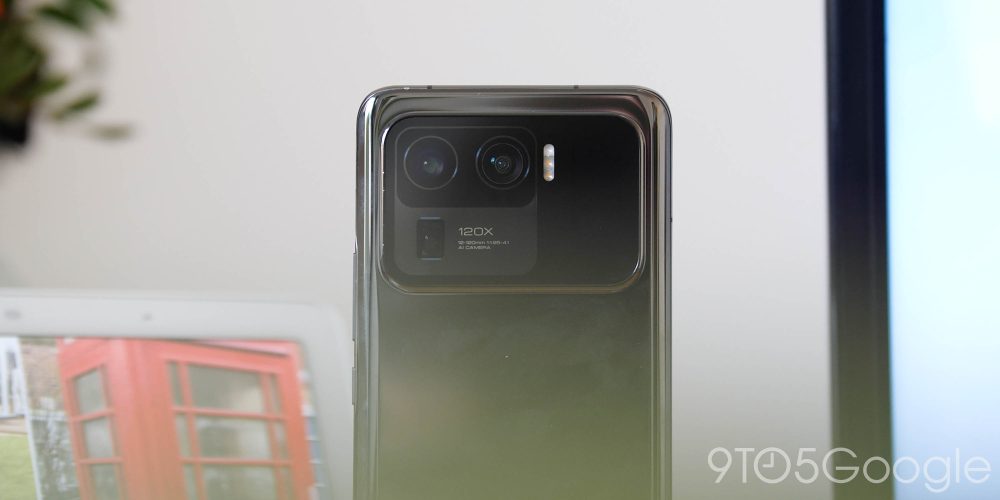
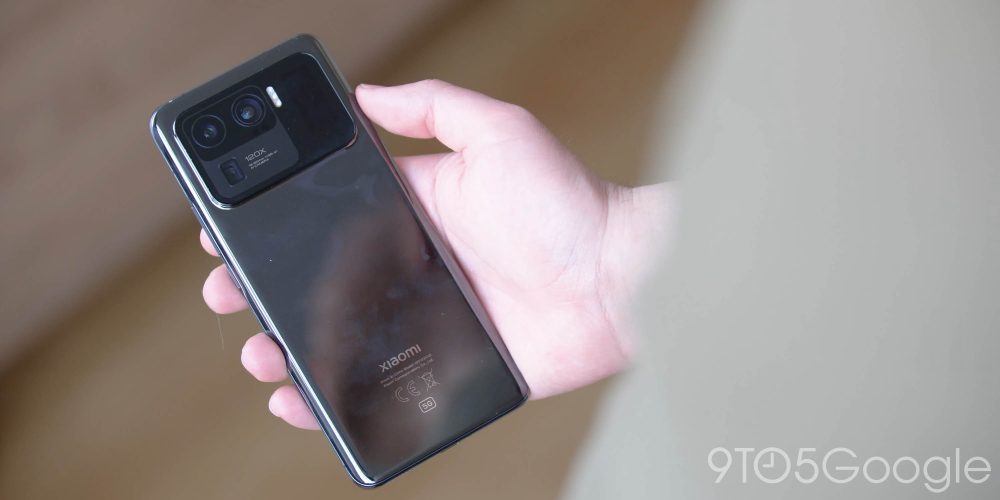
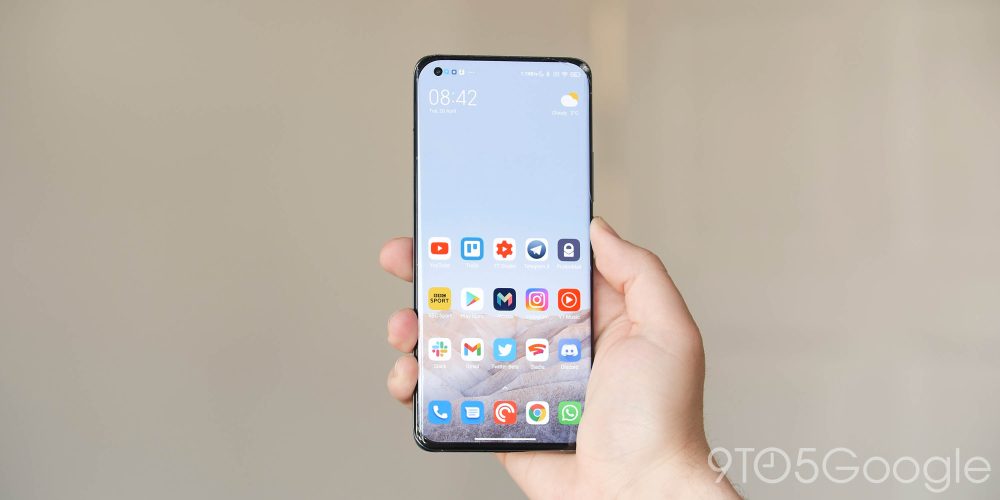
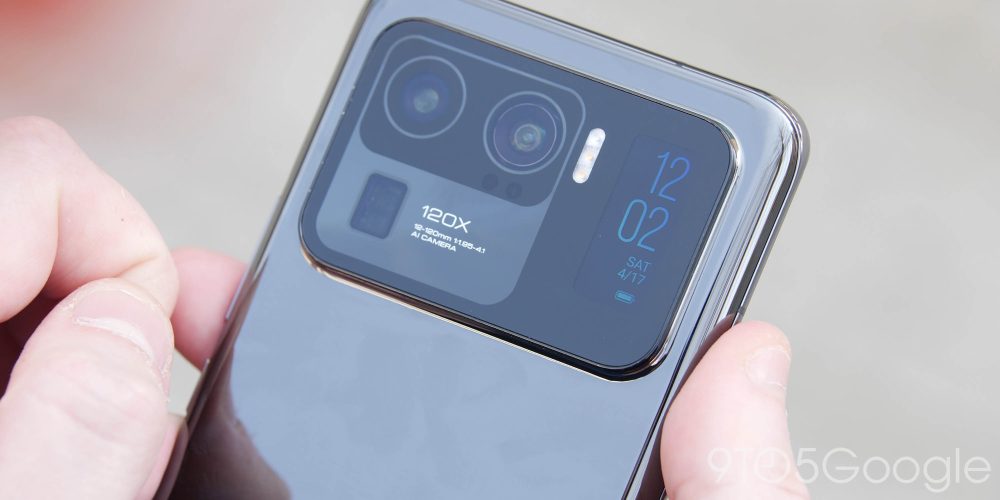

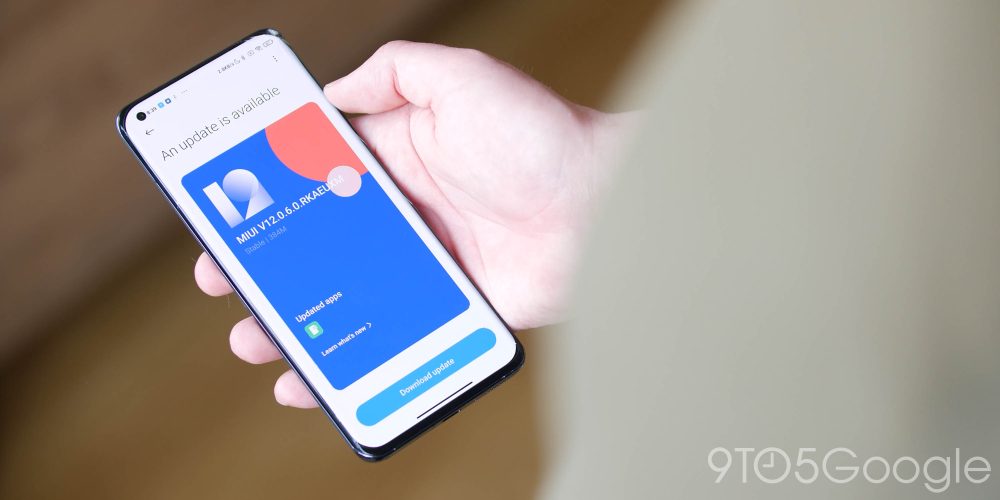
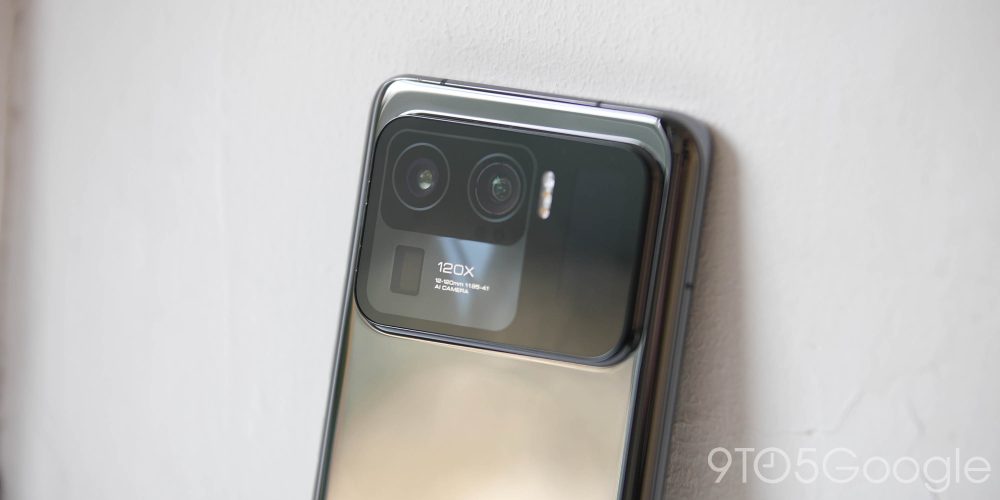
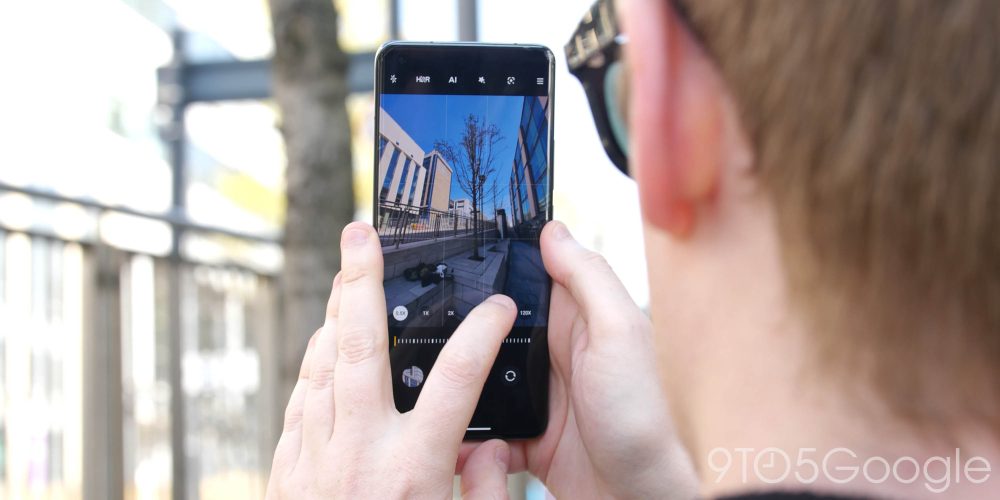
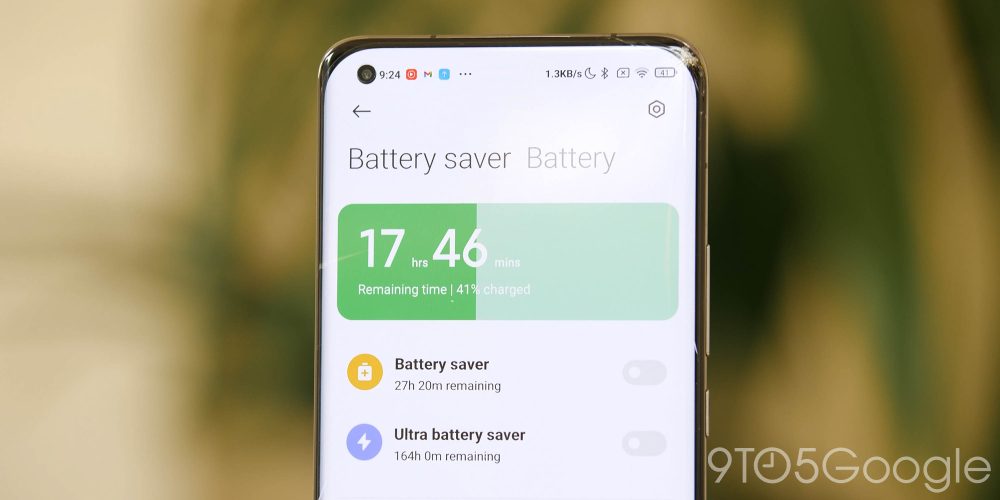
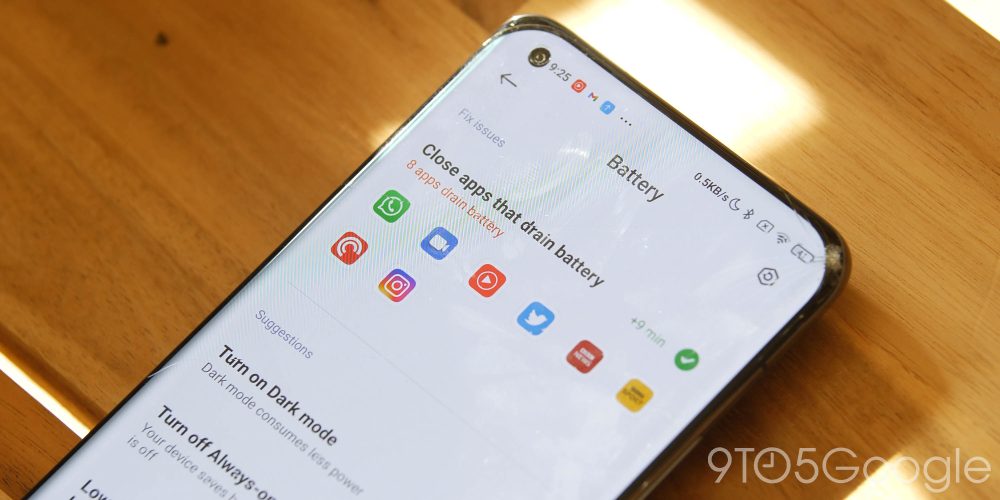






Comments